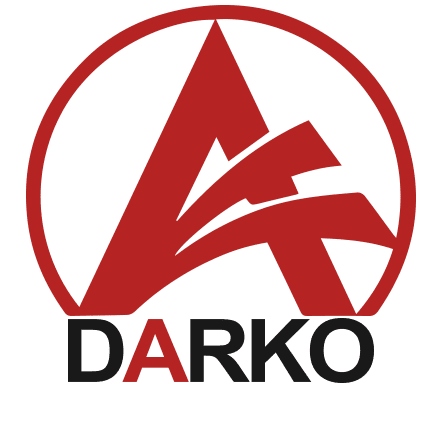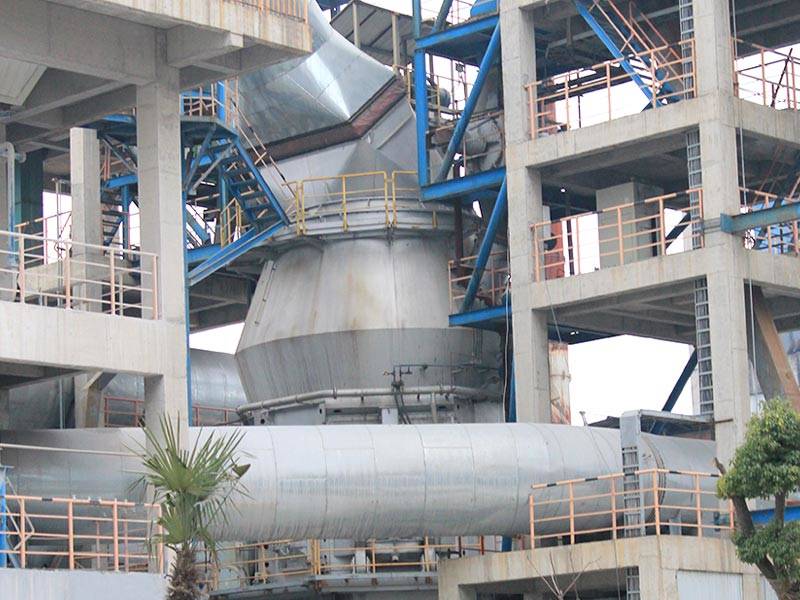The vertical mill serves as a key piece of equipment in cement production. Its operational status directly impacts both the yield and quality of cement products. Rollers and liners are core wear components in the vertical mill. Over time, they experience wear, leading to decreased grinding efficiency, increased energy consumption, and fluctuations in product quality. Therefore, regularly replacing rollers and liners is essential for ensuring smooth operation and enhancing production efficiency. This plan outlines the detailed process for replacing rollers and liners in cement plant vertical mills. It includes key considerations and safety measures to ensure a successful replacement operation.

I. Project Preparation
1.Material Preparation: First, assess the vertical mill model and its wear condition. Then, procure rollers, liners, and fasteners that meet specification requirements. Also, prepare necessary tools such as lifting equipment, wrenches, and welding tools.
2.Downtime Planning: Next, coordinate with the production planning department. Determine the best downtime window to minimize production disruptions. Inform relevant departments to prepare for emergency responses during the downtime.
3.Personnel Training: Conduct safety training for all personnel involved in the replacement operation. Ensure everyone is familiar with operating procedures and emergency response measures.
4.Site Setup: Clear the area around the vertical mill to provide ample workspace. Set up safety warning signs and isolate non-working areas.
II. Replacement Steps
1.Shutdown and Lockout: First, follow the operating procedures to shut down the mill. Disconnect the power supply. Hang a "Do Not Energize" sign. Use locks or mechanical devices to prevent accidental restarts.
2.Dismantling Old Components:
- Use specialized tools to remove the fastening bolts or weld points at both ends of the rollers.
- Carefully loosen the roller securing device. Use lifting equipment to remove each roller and place them in a designated area.
- Clean residual materials from the grinding chamber. Inspect and remove old liners, noting their installation positions for reinstallation.
3.Inspection and Preparation:
- Inspect the new rollers and liners for any damage, cracks, or defects.
- Clean the installation surfaces to remove oil, rust, and other contaminants.
4.Installing New Components:
- Install new liners in their original positions or optimized layouts. Ensure they are flat and securely fastened.
- Use lifting equipment to install each new roller. Adjust their positions for optimal grinding conditions.
- Tighten the bolts or weld points at both ends of the rollers to secure the fit.
5.Debugging and Inspection:
- After installation, perform initial debugging. Check for proper installation and any looseness or abnormal noises.
- Gradually start the vertical mill. Conduct a no-load trial run. Observe its operation and make adjustments to achieve the best working state.
III. Safety Considerations
1.Personal Protective Equipment: Personnel must wear appropriate safety gear, including hard hats, safety glasses, dust masks, and protective clothing.
2.Safety During Elevated Work: When performing work at heights, secure safety harnesses. Install fall protection nets or safety barriers.
3.Electrical Safety: Verify that the power supply is disconnected. Hang warning signs to prevent accidental operation.
4.Lifting Safety: During lifting operations, strictly follow lifting procedures. Ensure equipment stability to prevent dropped loads.
5.Emergency Response Measures: Develop an emergency response plan. Familiarize staff with evacuation routes and first aid measures. Ensure swift action during emergencies.
IV. Conclusion
Replacing the rollers and liners in a cement plant’s vertical mill is complex yet crucial. This task requires careful preparation and strict adherence to safety. This plan outlines project preparation, replacement steps, and safety considerations. It ensures the replacement process is efficient, safe, and smooth. Ultimately, it supports the stable operation of the cement production line.
If you have any needs or questions regarding cement machinery and equipment, please feel free to contact Darko. We are committed to providing professional products and solutions to support the efficient operation of your production line.



